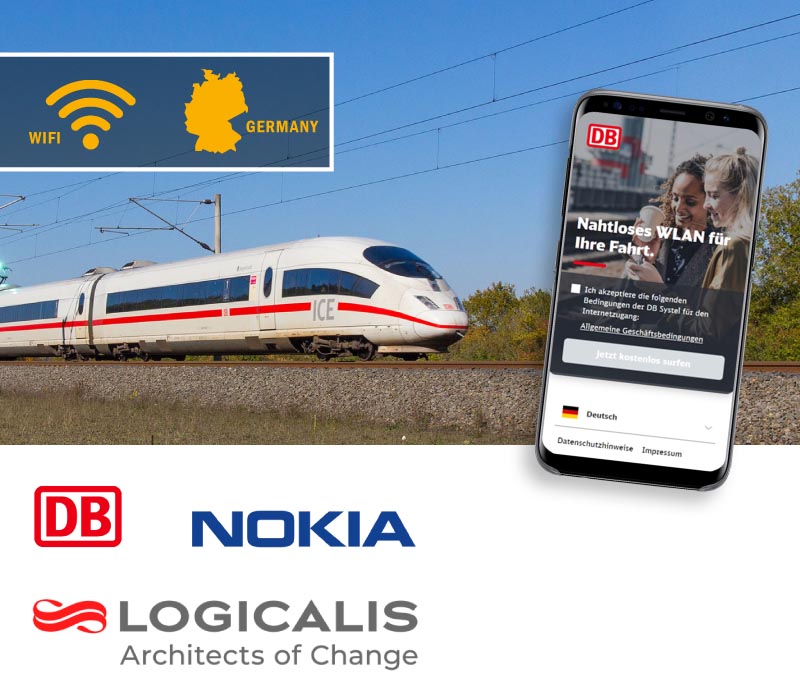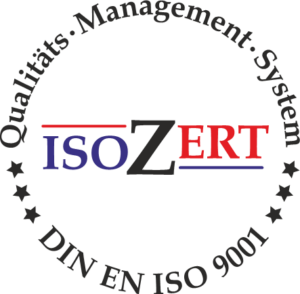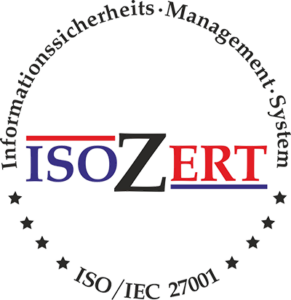Next generation Seamless Connectivity Platform (SCP)
Next-generation Seamless Connectivity Platform (SCP) enables seamless WLAN for Deutsche Bahn customers and visitors.
Free Wi-Fi and digital services at stations and on local and long-distance public transport are an increasingly important product component of modern mobility. Accordingly, Deutsche Bahn has been consistently and continuously expanding the offering for its passengers and visitors for many years. The organic growth of the WLAN infrastructure in the various business areas and the integration of the existing WLAN offerings of the business partners and fields reached its limits. It was to be replaced by a new central session management system that spans all areas and enables a seamless transition between networks, thus providing a seamless experience during the journey. At the same time, the requirements for scaling and expansions in the coming years should be mapped.
VISION
A free WLAN across all areas with a uniform WLAN name, uniform appearance and seamless transition between all networks.
CHALLENGE
Standardization of the WLAN offering and flexible connection of different networks to a new central session management system.
Result
- Complete replacement of the existing installation
- High reliability through site redundancy
- Verified, highest performance for over 400,000 concurrent customers
- Uninterrupted transition between all connected networks
- Playout of location-based content
HARDWARE
The new Seamless Connectivity Platform 2.0 (SCP 2.0) is based on the use of a Nokia 7750-SR7 router in the WLAN gateway expansion stage. The central Nokia 7750 WLAN gateway regulates the bandwidth and the status of the activation of the WLAN end device. End device connections can be transferred to the Nokia WLAN Gateway both via the Cisco WLAN structure of the DB and via direct connections in the network. These end-device connections are controlled by a session management system specially developed by ituma on a Nokia AAA server, which gives the platform a high degree of flexibility and control for implementing the areas of application specified by Deutsche Bahn.
All system-relevant services are provided by independent virtual instances. They are redundant, load-balanced across two data centers and scaled to meet the performance requirements. Cisco UCS server systems are used as the basis for handling the high network and hardware loads.
Furthermore, the platform is secured by two A10 firewall systems in order to guarantee the specified high security standards.
SESSION MANAGEMENT
The core task of the new SCP 2.0 ecosystem is to integrate the various WLAN subnetworks of Deutsche Bahn and its business units into a central administration of the end device connections. Due to the heterogeneous characteristics that have grown up, the platform must offer a high degree of flexibility in order to bundle all of the WLAN offerings that have been implemented in different technological ways up to now.
Uninterrupted transition (Free roaming – Seamless)
For customer perception, the focus was on presenting the DB service as a comprehensive service with high recognition value across all areas. An initial one-time active connection confirmation is to be used to grant access that is valid for the entire day. Free transition across all subnets represented the primary service requirement. The challenge was to develop a central, high-performance, radius-based solution to control the terminal connections.
INTEGRATION
To implement free roaming, the various networks of the individual business units had to be connected. Starting with a feed of the terminal data connections via a layer 2 connection within the Deutsche Bahn network, the system had to be expanded in order to be able to integrate other networks as well. The spectrum ranges from the connection of Deutsche Bahn’s own stations to the connection of external business partners via routed networks, where the customer traffic is also routed via the central Nokia gateway, to WLAN services on board the trains, where the customer traffic is routed directly via the train-internal LTE routers of the respective providers.
LOW ADMINISTRATIVE EFFORT
An important aspect in the development of the SCP 2.0 platform was the simplification of the management of all elements required for the operation of the WLAN infrastructure. These include device management, customer data management, landing page creation, and roles & rights management through a web-based cockpit. A significant reduction in administrative effort through the consolidation of cross-resource control elements enables a simplification in the handling for the provision of the WLAN service.
CI
In order to offer the user a high recognition effect at all locations when accessing the WLAN network for the first time, the platform allows specific landing pages to be created for each location with assistance within a defined framework, based on templates that comply with DB’s strict design specifications. In this way, individualization is possible while maintaining the corporate identity.
CONNECTION EXTERNAL MONITORING
Due to the large distribution of individual WLAN sites and the different networks, monitoring the WLAN service is a major challenge that must take into account aspects such as user behavior, hardware monitoring, network utilization and service availability.
Classic network protocols for hardware monitoring such as SNMP are used here. However, this data alone is only one aspect. Information from session management and from interactions with the landing page as an interface to the user is also used to evaluate the quality of service availability.
DATA PRIVACY
In order to obtain feedback and evaluation on the use of the WLAN service, an aggregator service specially developed by Deutsche Bahn is used. This not only had to be DSGVO-compliant, but also meet Deutsche Bahn’s high internal data protection requirements. Usage data is thus only processed and prepared in anonymized, aggregated form once a predefined minimum number of users has been reached. Any traceability of individual, personal data can be ruled out in this way.
PERFORMANCE
According to the specifications set by Deutsche Bahn, the new platform was to be designed in such a way that it could also accommodate the growth resulting from the planned connection of additional stations. The specification for the final expansion stage was to handle 400,000 parallel sessions with a processing capacity of >2,000 new connections per second.
An independent performance measurement by Spirent verified that this target had been reached before the migration to the new SCP 2.0.




